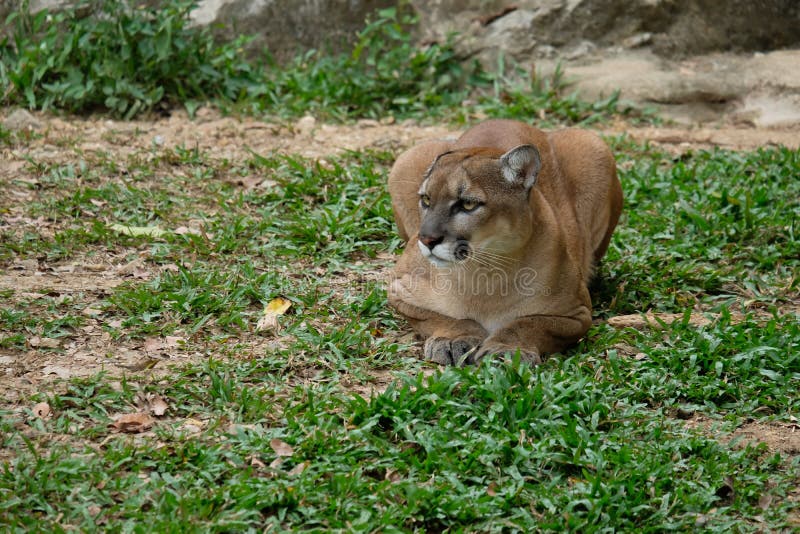
However, they are now protected by law, and the hunting of the rams is regulated. Bighorn males, or rams, are known for ramming their horns together during mating season.īighorn Sheep were once endangered due to overhunting and poaching. They are known for their large horns, which they use to defend themselves from predators. They are a type of sheep that lives in the Rocky Mountains. Bighorn Sheep bighorn sheep on a mountainĪnother terrestrial animals that can be found in North America is the Bighorn Sheep.

However, their populations have been slowly recovering thanks to conservation efforts. The pronghorn antelope is endangered, and the Endangered Species Act protects them. Reaching 55 miles per hour, pronghorn antelope can maintain their speeds for more extended periods than other animals. Pronghorns are the fastest runners in North America and the second fastest animal in the world, only the cheetah is faster. They spend their time grazing and can outrun any predator. The pronghorn antelope is a large, deer-like animal living on the plains of North America. The horns are used to fight off predators and rivals in their herd and attract mates. Bison horns are made of keratin, the same material that makes human hair and nails hard. They eat grasses, shrubs, and other plants on the North American Great Plains. Cows are slightly smaller, weighing 1,000 pounds and 4 to 5 feet tall.īison live in herds of up to 500 individuals. Bulls weigh up to 2,000 pounds and stand 6 feet tall at the shoulder. They are the most massive land animals in North America. American Bison bisonĪmerican bison are a symbol the American West. The following list describes 29 of the most common terrestrial animals in North America and beyond. In contrast to terrestrial animals, arboreal animals live predominantly in trees, while aquatic animals live in either fresh or salt water.

For example, arenicolous animals live under or in sandy soil and troglofauna animals live in caves. This group of animals is further divided by more specific terms according to their preferred environments. In this article we’ll show you 15 examples of terrestrial animals from all over the world. They can be meat eaters (carnivores), plant eaters (herbivores), or a combination of meat and planter eaters (omnivores). Terrestrial animals can have two, four, six, or eight legs and live in soil-based ecosystems, such as tundras, temperate forests, grasslands, tropical forests, and deserts. Land animals in North America vary greatly in size and species.Ī terrestrial (Latin for “of the earth”) animal lives most or all of its life on land. The terrestrial animals of North America live in a variety of different habitats, including mountains, forests, deserts, and the Great Plains. Terrestrial animals are animals that spend most of their time on land and North America is home to a variety of these land-dwelling animals.


 0 kommentar(er)
0 kommentar(er)
